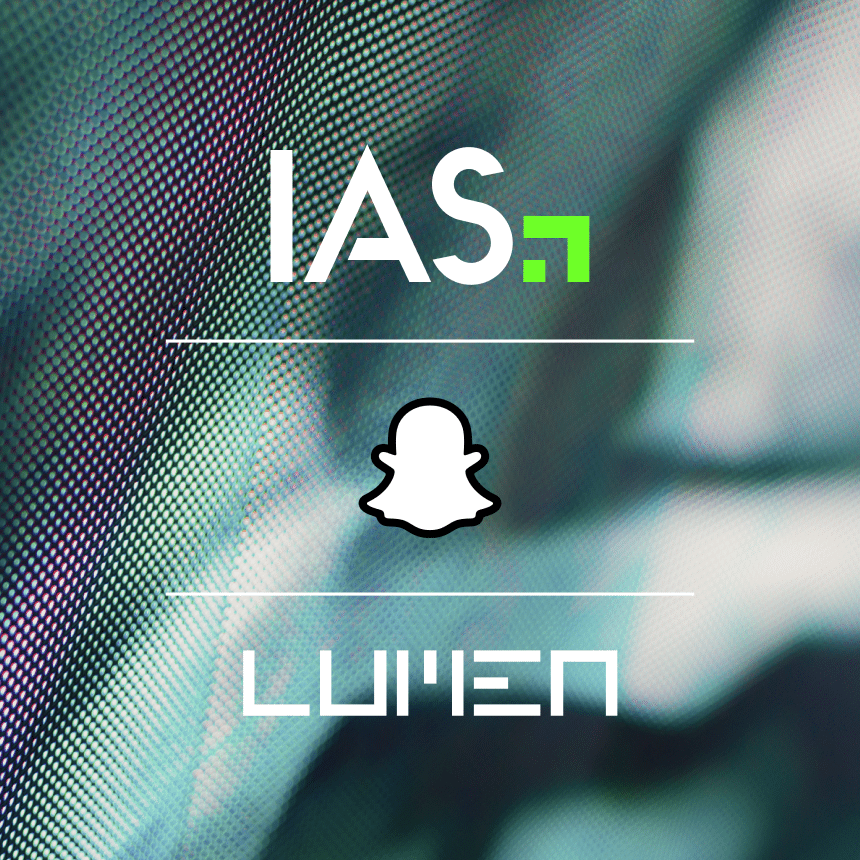Native advertising and its benefit in terms of performance, is a topic that has been widely discussed throughout the advertising industry, but yet the adoption of native has been slow. Why has the industry been so slow to adopt native advertising?
It may be due to the fact that native ad executions fundamentally differ from standard IAB ad units. Unlike other units, native ad units themselves are created, and rendered by the native platform that controls them, this is due to the fact that there are no standard sizes within native ads. The ads are built and delivered by the decision the native platform makes. This makes it challenging for third party verification technologies to measure and determine the performance of the native ad, i.e. if the ad was viewable. In a landscape where brands and agencies are focusing on brand safe, fraud free and viewable advertising across the entire media plan, native ads seem to pose a challenge to consistent measurement.
So what is the reason that third party verification technologies cannot determine whether native ads are viewable? Unlike standard display placements, native ad units cannot be treated in the same way as standard ad containers, which have traditionally been used by viewability vendors to help understand where the ad is located on a page in relation to the viewport.
Furthermore, dynamic size variation, content orientation, and the way native ad units load and render on publisher pages create significant complexities when measuring viewability. For example, in some cases we have seen JavaScript is not supported in native ad environments which means that measurement is difficult.
Due to these complexities in measuring native, the adoption of the format has been slow, especially in programmatic trading, this is because the majority of ads served programmatically are often standard ads. Additionally, alongside programmatic vendors, publishers have been slow on the uptake of native advertising, often due to the upheaval to the layout and core design of a site, which takes time and can prove costly to the publisher.
It’s not just programmatic trading and publishers that have struggled with native; brands aren’t easily set up for native advertising either. Brands have detailed brand guidelines and are used to signing off individual creative ideas, but in native you can have thousands of creative versioning that cannot always be signed off in advance. This is alien to brands as they are used to having control.
But it’s not all doom and gloom when it comes to native advertising, the good news is that things are steadily progressing, with native display ad revenue set to make up 74% of the total display ad revenue by 2021, up from a 56% share in 2016. This shows that the industry as a whole is investing in native and moving in the right direction to make the adoption of native advertising easier.
As the industry makes moves to improve the adoption of native advertising, so have many companies operating within the space. IAS has recently launched partnerships with Yahoo Gemini, Nativo, and TripleLift. These partnerships allow IAS to report on viewability, time on page, data which relates to brand impact and information on optimisation strategies, i.e. using native placements to build user groups of those who have been exposed to native. The partnerships take the overall quality of advertising to a new level by allowing brands to provide seamless content and ad experiences.
These partnerships help to give us unrivaled insight into native viewability, which is what the industry has been lacking thus far.
 Share on LinkedIn
Share on LinkedIn Share on X
Share on X


